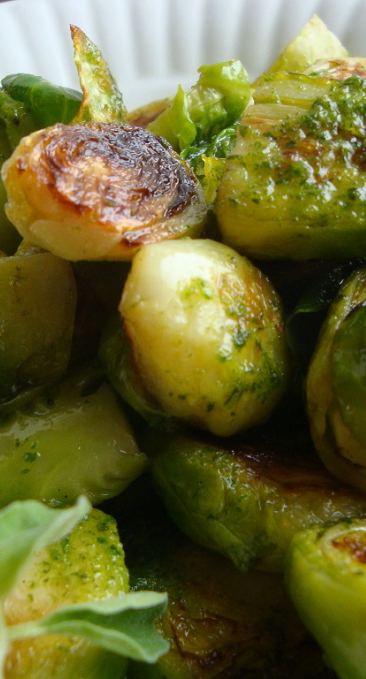Menu Planning for December 2013
If you’re planning your menu for December, there are a few holidays to consider and many fresh fruits and vegetables continuing their summer peak.
Plan for December:
National ‘Hi Neighbor’ Month
• December 4th – National Cookie Day
• December 5th – Hanukkah ends
• December 7th – Pearl Harbor Day
• December 25th – Christmas
• December 26th – Kwanzaa, Boxing Day, National Whiners Day
• December 27th – National Fruitcake Day
• December 31st – New Year’s Eve
Plan Ahead for January:
– Known as the ‘Old Moon’ or Moon after Yule
National Oatmeal Month
National Soup Month
• January 1st – New Year’s Day
• January 3rd – Fruitcake Toss Day
• January 20th – Martin Luther King Jr. Birthday
The beginning of the citrus season….. Hardy greens including kales, chicories and spinach. Yummy winter cardoon (cardoni), fennel and roots are also available.
No matter where you live, winter is the time that our biological clocks encourage us to hunker down, eat more calories and enjoy our sleep. The longest night of the year is Winter Solstice on December 21st, after that we begin to swing back towards longer days, inching towards spring. But while we’re in the middle of winter, be sure to enjoy the rich and deep flavors that roasting, braising and other slow-cooking, low heat methods can bring to these delicious foods.
Braises, stews, soups and casseroles all benefit from long and low heat cooking styles. Oven roasting slowly converts the internal starches of root vegetables to sweet sugar and even Brussels sprouts, broccoli and cauliflower are better when they’re roasted. Balance the flavors and the colors of these roots and brassicas with kales and endives slowly sautéed with a hint of balsamic or citrus for a fresh flavor. As pumpkin fades from availability, think about substituting with a different winter squash; what about red kuri pie or make butternut squash bread instead of pumpkin bread. Be innovative and willing to play with these flavors.
Fruit is amazing this time of year – as long as you love citrus! Grapefruit, oranges, kumquats, lemons, limes all are available and just getting better as the winter progresses. The only challenging variety is the Blood orange – culinarians hold their breath, waiting for the first harvest of lightly pink fruit – usually around Christmas Day. The reason this fruit appears so late is that its’ red color is induced by frost temperature cold (below 33’ F) and there’s a chemical reaction with the naturally occurring anthocyanin in the orange. Farmers consider the blood orange season to be February to May (but with the Australian crop, the season can be started early or extended for menus).
Consider using dried fruit to enhance and deepen flavors. Nuts are delicious and when toasted, they are a great way to enhance every menu item and add protein to vegan baking. Beans, freshly dried from the fall harvest, add flavor and a vegetarian protein source to the winter offerings. Enjoy the hearty, rich and deep flavors of the winter season; before you know it, we’ll be looking for ramps and fiddleheads again.
The following items should be available for the month of December. Remember that availability projections are based on annual history and sometimes the weather patterns and other acts of the universe can change access to quality produce. The items noted in BOLD should be the best values for the month of December.
Apples, Late Season CA
Artichokes – large
Asian Pears
Avocados
Beans – Cranberry
Beans – Romano
Beets
Broccoli
Broccolini
Broccoli Rabe
Brussels Sprouts
Cabbage
Cactus Leaves
Cactus Pears
Cardoni(Cardoon)
Carrots
Cauliflower
Celery
Celery Root
Chayote Squash
Chestnuts
Chicory
Chili Peppers
Citrus – Grapefruit
Citrus – Kumquats
Citrus – Lemons
Citrus – Limes
Citrus – Navel Oranges
Citrus – Oroblanco
Citrus – Satsumas
Citrus – Tangerine
Cranberries
Cucumbers
Endive
Escarole
Feijoa
Fennel
Garlic
Greens – Chard
Greens – Collards
Greens – Kale
Greens – Rapini
Horseradish
Jicama
Kiwifruit
Kohl Rabi (purple and green)
Leeks
Mushroom – Black Trumpet
Mushroom – Chanterelle
Mushroom – Hedgehog
Mushroom – Hon shimiji
Mushroom – King Oyster
Mushroom – Lobster
Mushroom – Matsutake
Mushroom – Truffle
Nettles, Stinging
Onions
Onion – Boiler
Onion – Pearl
Papaya
Parsley Root
Parsnips
Parsley Root
Parsnips
Pear – Asian
Pear – Bosc
Pear – D’Anjou
Pear – Forelles
Pear – Seckels
Persimmons – Fuyu
Persimmons – Hachiya
Pineapple
Pomegranates
Potatoes – Fingerlings
Potatoes – Purple
Potatoes – Russet
Potatoes – Sweet
Potatoes – Yukon
Pumpkin
Quince (ending)
Radishes
Shallots
Spinach – Bloomsdale
Squash – Hard (winter)
Starfruit (carambola)
Sweet Potatoes
Tamarillos
Tomatillos
Turnips


